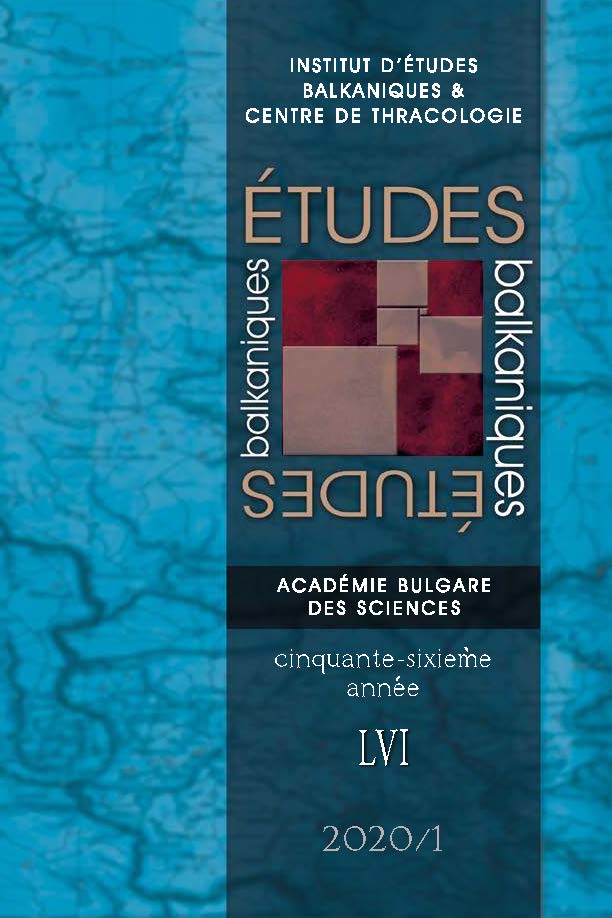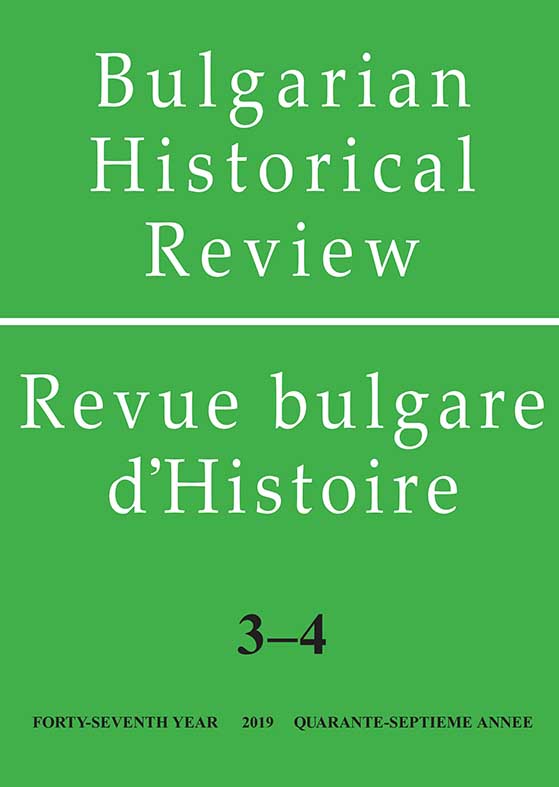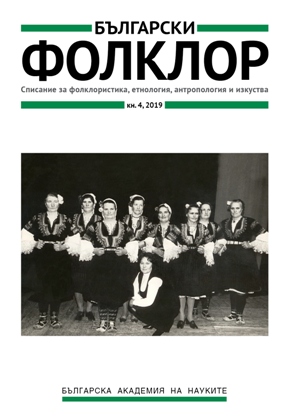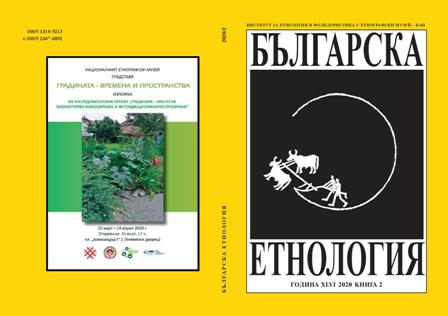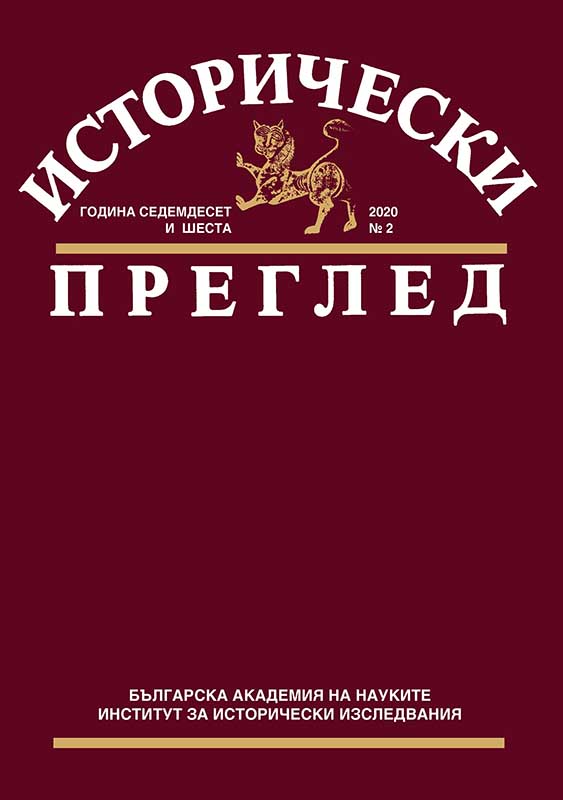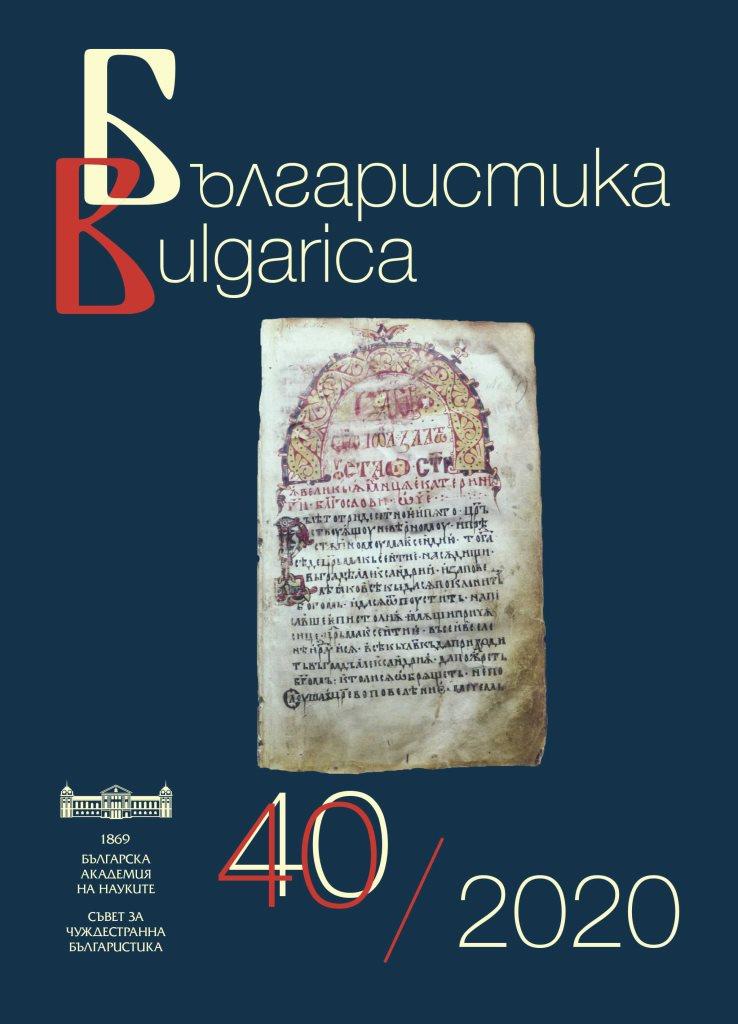Introduction
The articles gathered in this issue of MemoScapes, titled Frames of Reference in Central Europe, and the Black Sea Region, in the Last Two Centuries, assess the importance of nationhood in constructing the social imaginary in the above mentioned regions. Furthermore, they emphasize the national myths, the building processes of national, local, and regional identities in the post-communist/post-soviet world as well as the role played by scholars and politicians, by mass-media and social media in forging new narratives on the past, present, and future. The role of minorities and diasporic communities in the national building processes in the region are also highlighted by a number of papers.
More...

